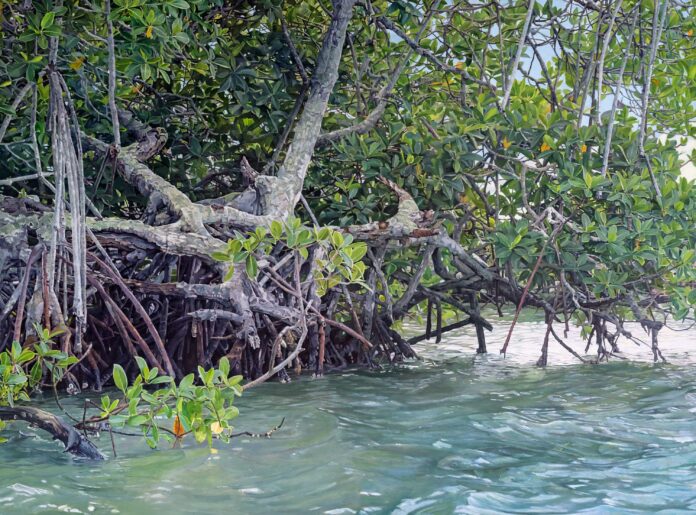
A feature article on the hyperrealist paintings of Jorge Carral, whose path was influenced first by his banker father, and later by his own drive to art.
By Francisco Micheo
As we converse via Skype, I see a wondrous glint in the eye of Jorge Carral (b. 1951) that reminds me of a child describing his favorite candy. He is expressing his admiration of Banksy’s politically charged street stencils, a striking contrast to Carral’s sober appearance and meticulously painted hyperrealist paintings. I grasp immediately that he is still the young boy doodling in class, no longer reprimanded for that habit, but applauded instead. Carral’s artwork appears self-explanatory, but upon closer inspection we realize there are layers. Moreover, Carral took an uncommon pathway to artistic success.
Born in Mexico City, he always wanted to be a painter, and spent much of his young life doodling in notebooks, to the chagrin of his teachers. He decided to apply to art schools, but his banker father stepped in and suggested architecture as a more pragmatic career. But Carral did not enjoy architecture and later moved to the artistic city of San Miguel de Allende for his “first true experience as a painter.” After a year trying to sell pictures in the Plaza del Jardín, often in return for a meal, he considered his first serious foray in art a failure.
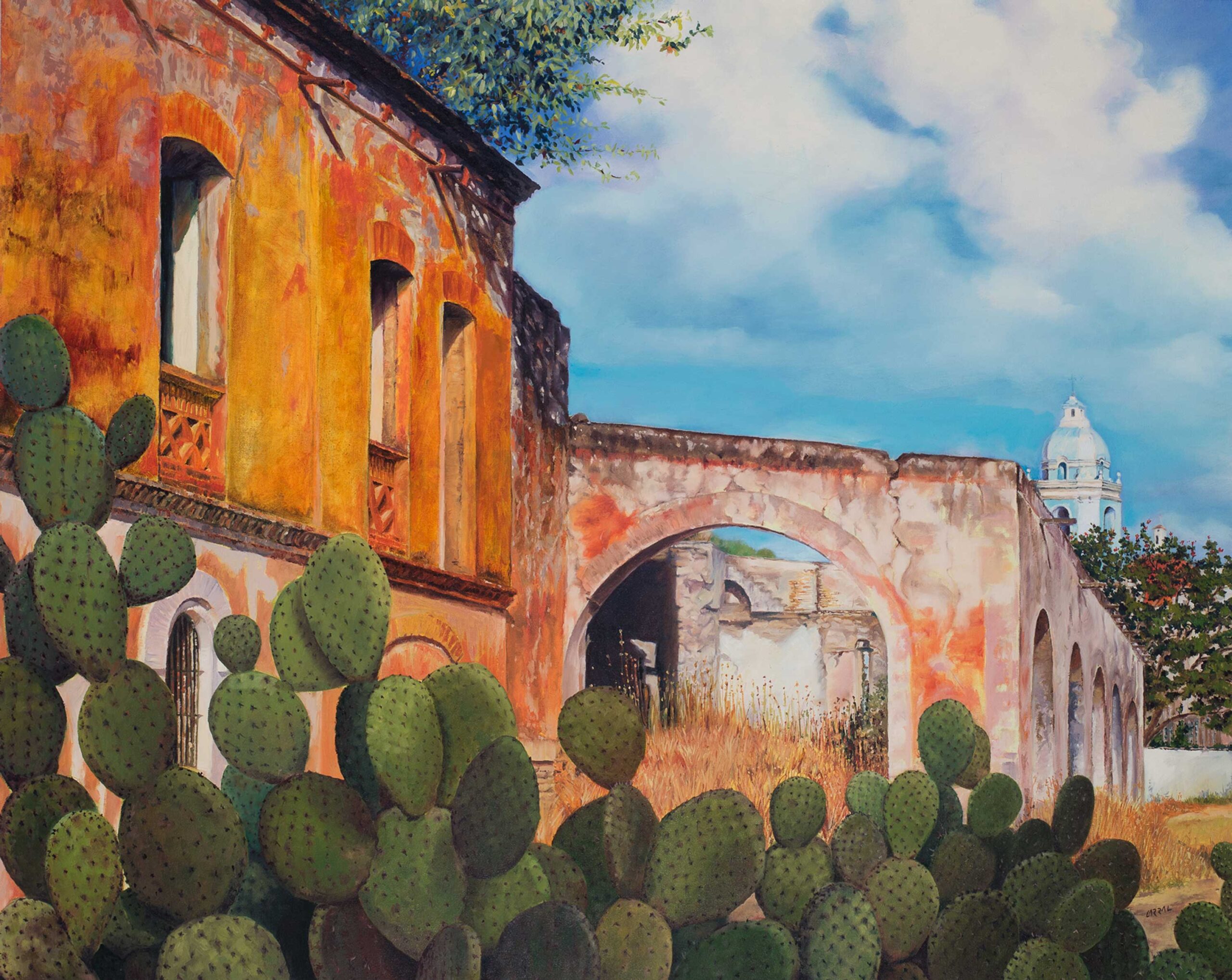
Fortunately, a psychology teacher suggested he enroll in the Art Center College of Design in Pasadena, California, so Carral studied visual communications design there in 1973–74. After graduation, he worked for an advertising agency that handled such major accounts as Bacardi and Holiday Inn. An enthusiastic client approached Carral and suggested they partner to design a line of clothing and shoes.
That partnership was successful enough that he was able to sell the company and return to the rapidly modernizing field of digital marketing; soon he was designing some of the world’s first webpages via CompuServe. Carral’s affinity for technology became an advantage when he made his second foray into art: “I was extremely scared, because I didn’t know where to start or if I would succeed. Then, my son suggested YouTube.”
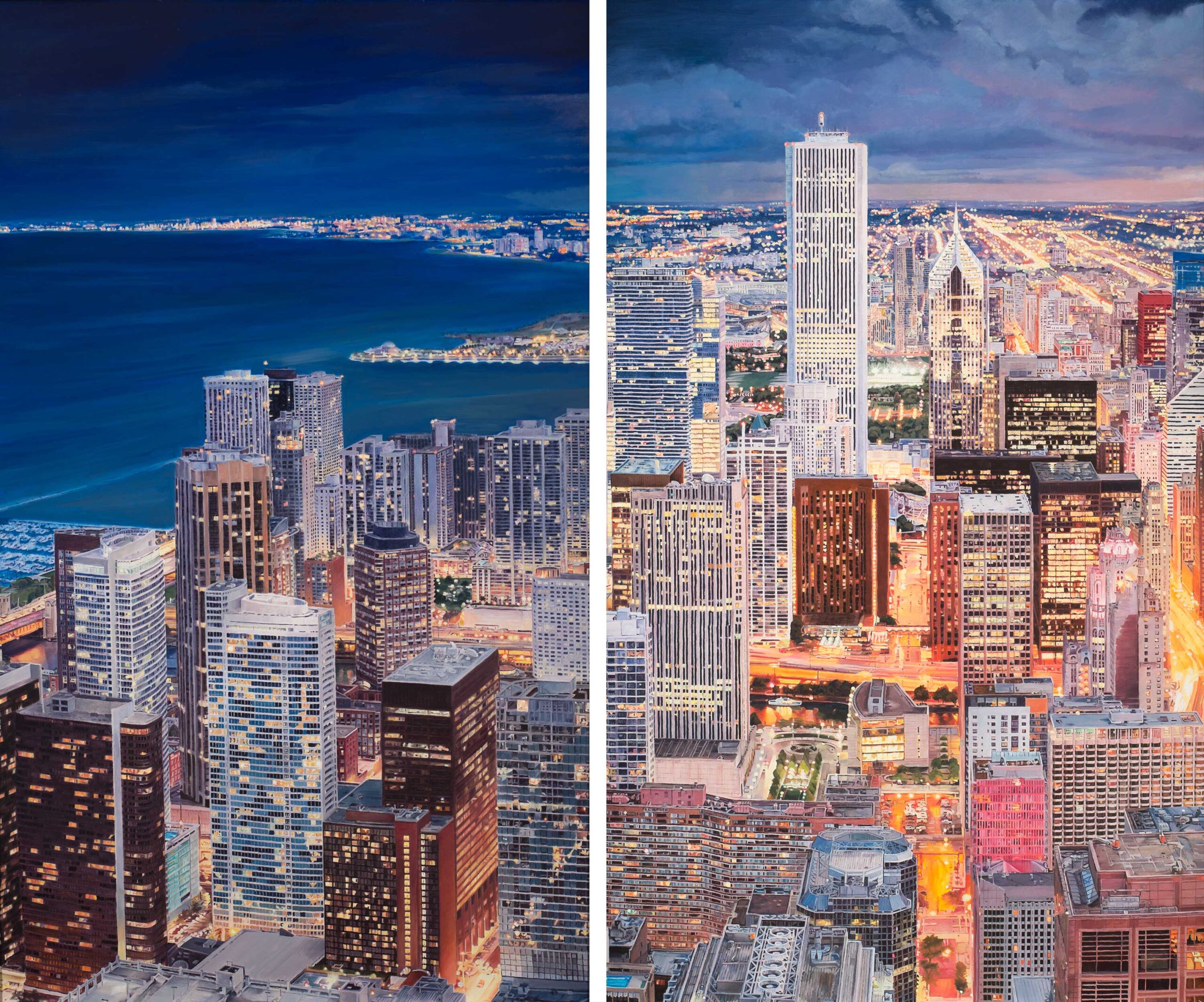
Though naturally gifted, Carral proceeded to study videos on the Internet that demonstrated the techniques and processes he would need to bring his ideas to fruition. “The irony of creating the first webpages, then using the Internet as an educational tool, is not lost on me!” he exclaims. The Internet also gave Carral insights into his potential audiences. At first he created abstract paintings in acrylics with an eye on younger collectors, and although he enjoyed making them, he considered them emotional and raw. Soon he grew more passionate about hyperrealism.
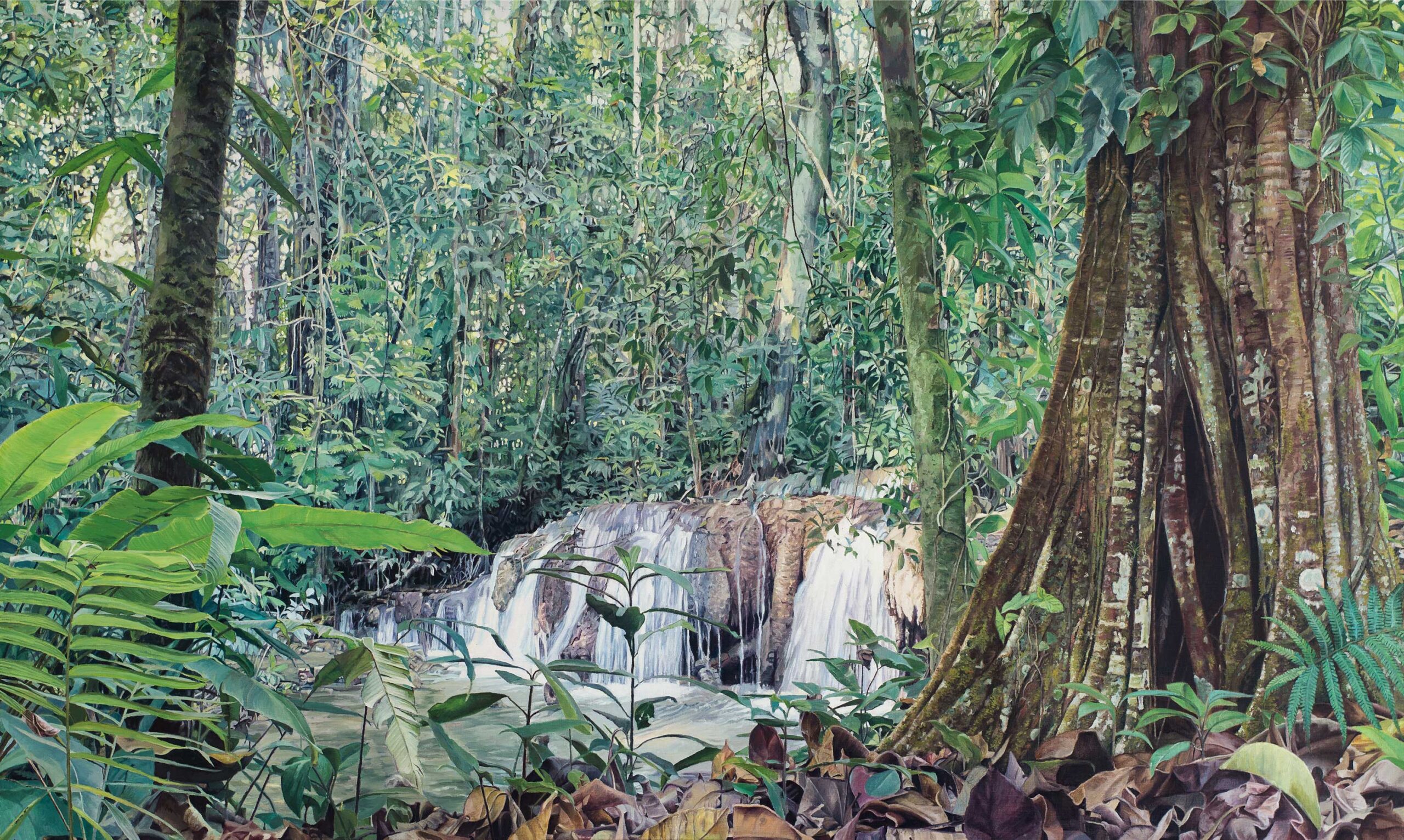
Carral’s initial breakthrough as an artist came through the patronage of homeowners in Playa Punta Mita, a luxury enclave in Puerto Vallarta (Mexico) that attracts people from around the world. “A wealthy Canadian couple wanted a realistic portrait of an indigenous girl with a flower crown, in the vein of Diego Rivera,” he recalls. This was his first experience with hyperrealism, and with oil on canvas as a medium.
Carral’s patroness was so pleased with the result that she commissioned seven more paintings the following year. Flush with this success, Carral felt he still lacked a proper education in the arts. He applied to an art school, but was rejected due to his age. “Can you imagine? They told me they did not accept senior citizens! So I continued to teach myself.”
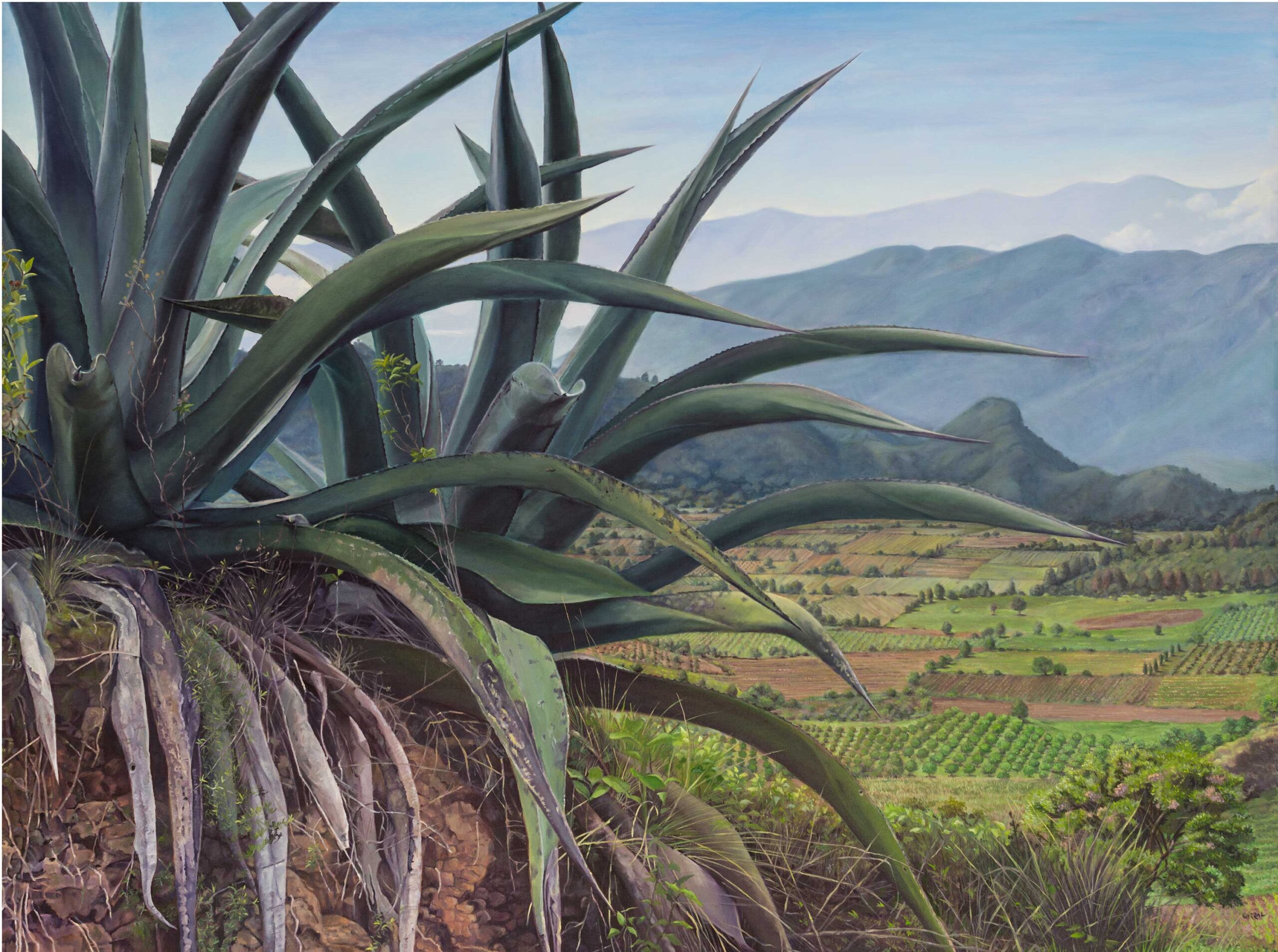
Today Carral’s realist paintings are extremely detailed, bringing to life the color and vibrancy of Mexico’s natural environment. Yet he does not simply re-create beautiful scenes by copying his photographs, but uses perspective and intriguing angles to enhance his storytelling. In several compositions, for instance, he has painted Mexican mountains partially obscured by cactus leaves: “The concept was for viewers to feel almost as if they stumbled into the scene and discovered it themselves. It adds to the urgency of nature and to man’s recognition of its importance.”
Carral’s work often reminds us of life’s fragility, one of many thematic dichotomies within his art. He plays regularly with relationships such as life vs. death and man vs. nature: the cacti, for example, are reminders of death amid the sprawling celebration of life represented by the lush mountains beyond.
Mexico inspires Carral in many ways. He loves his country’s culture and landscapes, and is deeply committed to preserving its natural environment, which features an extraordinary diversity of ecosystems ranging from jungles and mountains to beaches and deserts. He believes hyperrealism is an ideal way to transport viewers into his nature scenes, and thus to stir their emotions. “I have to be moved viscerally in order to want to paint a landscape,” he says. “I allow my surroundings to engulf me and feed me ideas. I want to share this experience.”
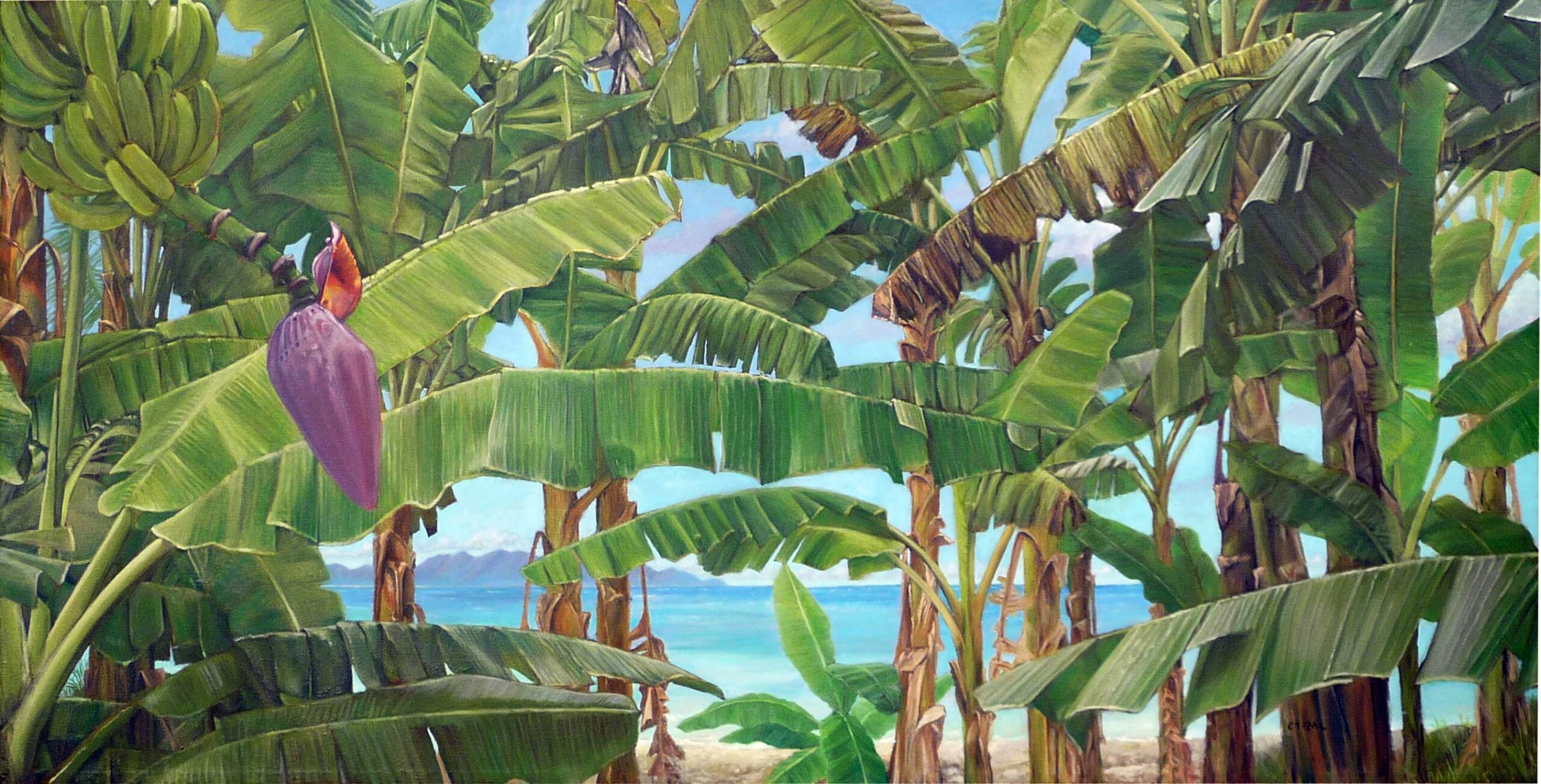
Carral believes social media is an equalizer that affords artists from all over the world a platform to share their work. This platform is particularly significant to Carral in view of his own uncommon journey to artistic success. He grew up in an era when access to artworks was limited to museum visits and reading books.
Looking back, he cites José María Velasco Gómez (1840–1912), Gerhard Richter (b. 1932), and David Hockney (b. 1937) as artists who have inspired him. Not surprisingly, he appreciates — even envies — younger generations who have grown up with a broader range of references.
“Art,” he says, “is an important medium to express our emotions. We need art as a shared experience, not just for us, but for society. Art stirs the spirit and soul. It is a way to drown out the noise.” These four men represent a commitment to second acts in life, and the will to persist in the face of fear.
Jorge Carral is living his dream, and there is no looking back.
Connect with the artist and view more of his hyperrealist paintings at jorgecarral.com.
Become a Realism Today Ambassador for the chance to see your work featured in our newsletter, on our social media, and on this site.




